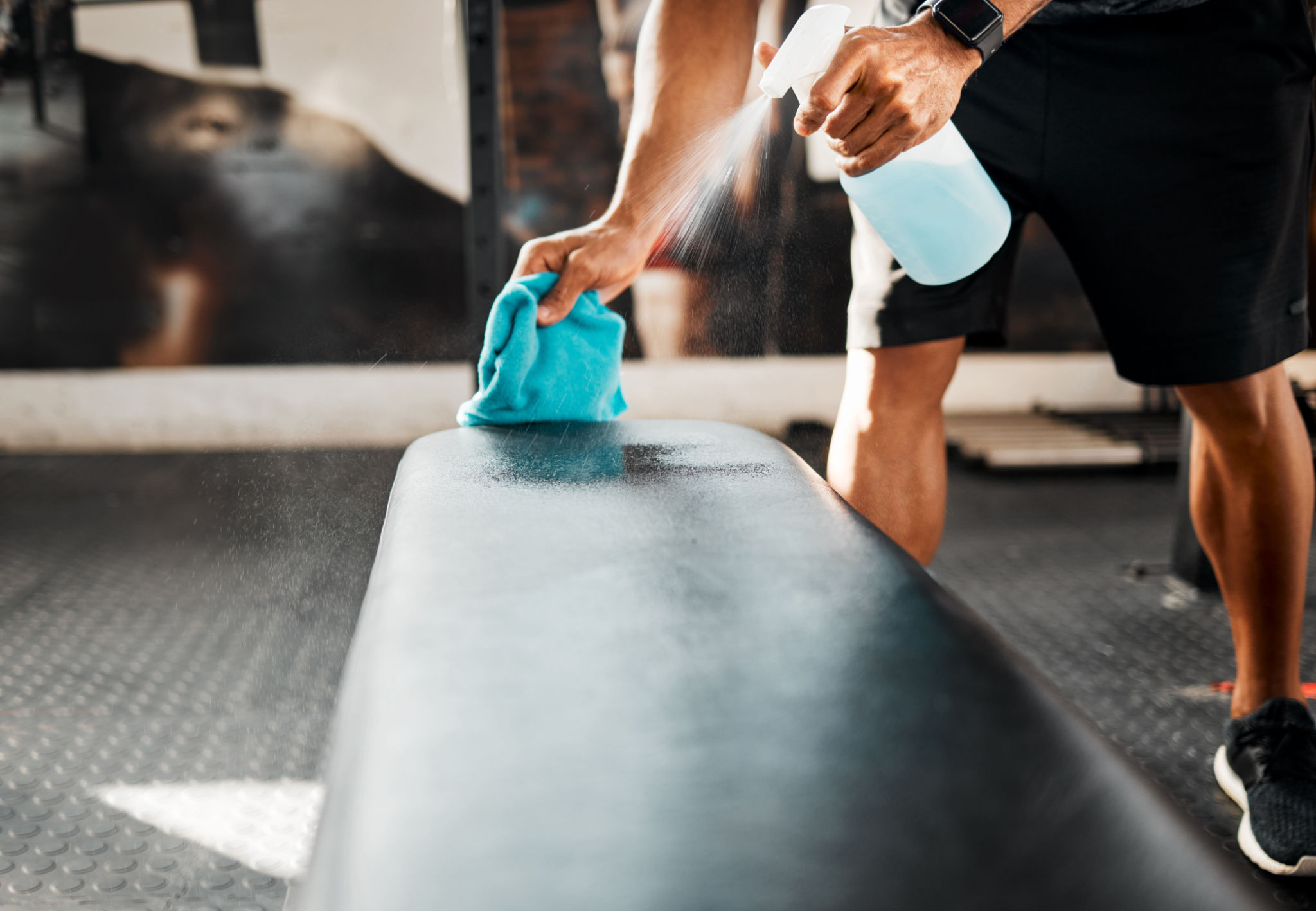Debunking Myths: The Real Impact of SOPs on Gym Operations
Understanding SOPs in Gym Operations
Standard Operating Procedures (SOPs) are often viewed with skepticism in the fitness industry. Some gym owners and trainers believe that SOPs may stifle creativity and lead to a rigid working environment. However, the reality is quite different. SOPs are crucial for maintaining consistency, safety, and efficiency in gym operations.
While many myths surround the implementation of SOPs, it is essential to understand their actual impact on gym operations. By doing so, gym owners can fully appreciate the benefits of implementing structured procedures in their facilities.

Myth 1: SOPs Reduce Flexibility
A common misconception is that SOPs reduce flexibility within gym operations. In truth, SOPs provide a framework within which trainers can operate, ensuring that all tasks are completed efficiently and safely. These procedures offer guidelines that help staff make informed decisions while still allowing room for personal judgment and adaptation to unique situations.
For instance, while an SOP might outline the procedure for conducting a fitness assessment, it doesn't dictate the specific exercises a trainer must use. Instead, it ensures that key safety checks are followed and that the assessment is thorough and consistent across all clients.
Myth 2: SOPs Are Time-Consuming
Another myth is that creating and adhering to SOPs is an overly time-consuming process. Initially, developing SOPs may require a time investment, but the long-term benefits far outweigh the initial effort. Once established, these procedures save time by streamlining operations and reducing the need for constant supervision and decision-making from management.

Moreover, SOPs help in quickly training new staff members as they provide clear instructions on how to perform tasks correctly. This reduces the learning curve and allows new employees to become productive team members much faster.
The Role of SOPs in Enhancing Safety
SOPs play a vital role in ensuring safety within gym environments. By having clear procedures for equipment usage, emergency protocols, and hygiene practices, gyms can minimize the risk of accidents and injuries. This not only protects clients but also safeguards the gym's reputation.
For example, an SOP for equipment maintenance ensures that machines are regularly inspected and serviced, reducing the likelihood of breakdowns or accidents. Similarly, a well-documented emergency protocol ensures that staff knows exactly what to do in case of a medical emergency.

SOPs and Customer Satisfaction
Consistency is key to customer satisfaction, and SOPs help ensure a consistent experience for all gym members. When clients know what to expect each time they visit the gym, it builds trust and encourages long-term membership retention. Whether it's the cleanliness of the facility or the quality of personal training sessions, SOPs help maintain high standards across the board.
Additionally, by standardizing customer service procedures, gyms can ensure that all members receive prompt and courteous service, further enhancing their overall experience.
Conclusion: Embracing SOPs for Success
In conclusion, while myths about SOPs persist, their benefits in gym operations are undeniable. By providing structure, enhancing safety, and improving customer satisfaction, SOPs are an invaluable tool for any gym aiming to achieve operational excellence.
It's time for gym owners and managers to embrace SOPs not as restrictive measures but as enablers of a more efficient, safe, and customer-focused fitness environment.
